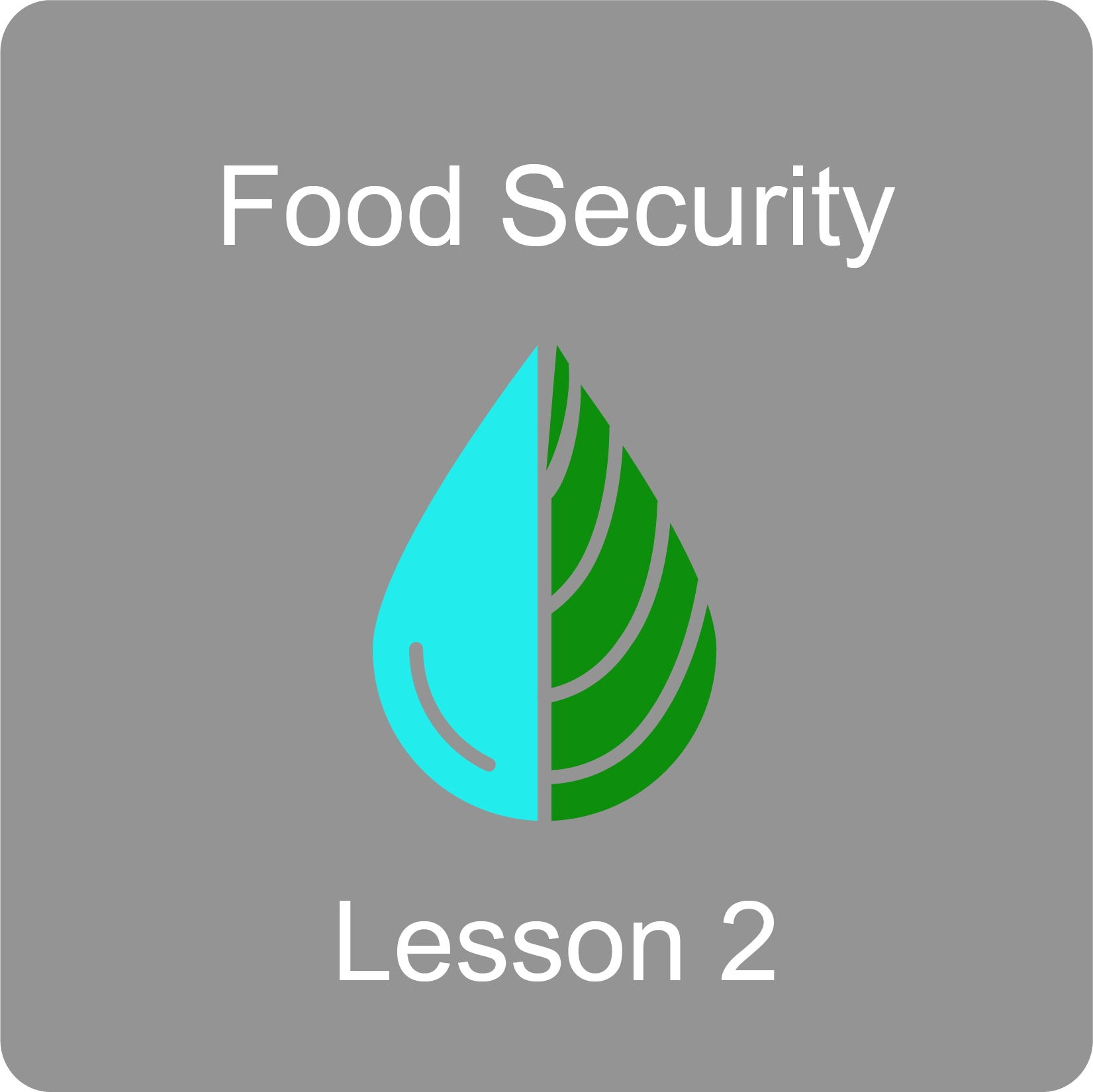Lesson FS2: Critically Evaluating Food Production Techniques
 Description: A variety of agricultural production systems are used to produce food around the world. Some systems rely on the continuous addition of resources, while others use resources more efficiently. In this lesson, students evaluate various food production techniques in terms of their environmental sustainability and potential for producing enough food to feed a growing world population.
Description: A variety of agricultural production systems are used to produce food around the world. Some systems rely on the continuous addition of resources, while others use resources more efficiently. In this lesson, students evaluate various food production techniques in terms of their environmental sustainability and potential for producing enough food to feed a growing world population.
Objectives
What Students Learn:
- Students deepen their understanding of sustainability in the context of food production and become familiar with the techniques used to grow
food. - Conventional methods are resource-dependent; others may better accomodate our population and changing climate.
- Solutions are dependent upon regional needs, resource availability, and climate.
What Students Do:
- Students respond to the “Thought for Food” video and research 5 food production methods to evaluate their impact and efficiency.
- Students assign sustainability scores to each method, propose the “best” method in a presentation, and demonstrate understanding by justifying the most
effective methods for their assigned country from Lesson FS1.
Instructions
THE BIGGER PICTURE
A variety of agricultural production systems are used to produce food around the world. Some systems rely on the continuous addition of resources, while others use resources more efficiently. In this lesson, students evaluate various food production techniques in terms of their environmental sustainability and potential for producing enough food to feed a growing world population. Students first respond to a video which introduces the inspirational movement of young people using agricultural innovation to address the global food crisis. Students then read articles about five different agricultural production systems, assign sustainability scores to food production techniques, and present their findings. Through teacher-led discussion, the class determines the most sustainable method of food production. Students then justify the best food production technique for the country they investigated in Lesson FS1. Students transition to the next activity (Lab FS1: Creating an Efficient System) by reviewing abiotic and biotic factors needed by each system to produce food.
FOR EDUCATORS
Please use this Complete Food Security (FS) Module link to access the most up-to-date version of our Food Security Curriculum Module (last updated 02/23/2021). All student and teacher worksheets and handouts are attached as additional pages to the end of each corresponding lesson. If you would like to provide feedback on these lessons, please email us at see@isbscience.org.
Assessment
This lesson follows the FS Pre/post-assessment (Google Doc | Word Doc) and Lesson FS1: Introduction to Food Security (beginning on page 9). Please consider sending electronic versions of any student work to see@isbscience.org.
Resources
For your convenience, the following are quick links to resources required for Lesson FS2: Critically Evaluating Food Production Techniques. Links to these resources can also be found in the Lesson FS2 section of this main PDF in pages 9-15.
- FS_Food_Security_Vocabulary_ppt (Google Slide | PowerPoint)
- 3 Pillars PowerPoint
- “Thought for Food” video: https://vimeo.com/85148507
or TFF-Documentary.mp4 (Source: http://www.tffchallenge.com )
The following handouts are located at the end of the Lesson FS2 section of the main PDF:
- Student “Thought for Food” video guide handout
- Teacher “Thought for Food” video teacher key
- Lesson 2 Student Handout – Graphic Organizer 1 & Chart
- Lesson 2 Graphic Organizer & Chart Teacher Key
- “Building Your Case”_student worksheet (found in Lesson FS1)
Lesson FS2 group reading articles:
- Group 2: Native/Organic Farming
- Group 3: Industrial/Commercial Farming
- Group 4: Hydroponics
- Group 5: Aquaponics
- https://cdn.shopify.com/s/files/1/0941/8606/files/Curriculum_Unit2_WG_9a283ab6-af9e-4f16-a89a-8effaf126f67.pdf?16617835315743887852
- https://www.researchgate.net/publication/303186885_Aquaponics_and_its_potential_for_food_security_in_Kenya
- https://www.nasa.gov/audience/foreducators/9-12/features/aquaponics.html
Additional overview articles/books:
- Sustainability and agricultural systems:
- Small/Traditional Farms:
- Organic agriculture overview:
- Commercial agriculture overview:
- Hydroponics:
- Aquaponics:
If you would like to access the previous version of this lesson (now out of date), you can click here to download the old version from October 2015.
*Links to curriculum documents updated 11/01/18*

